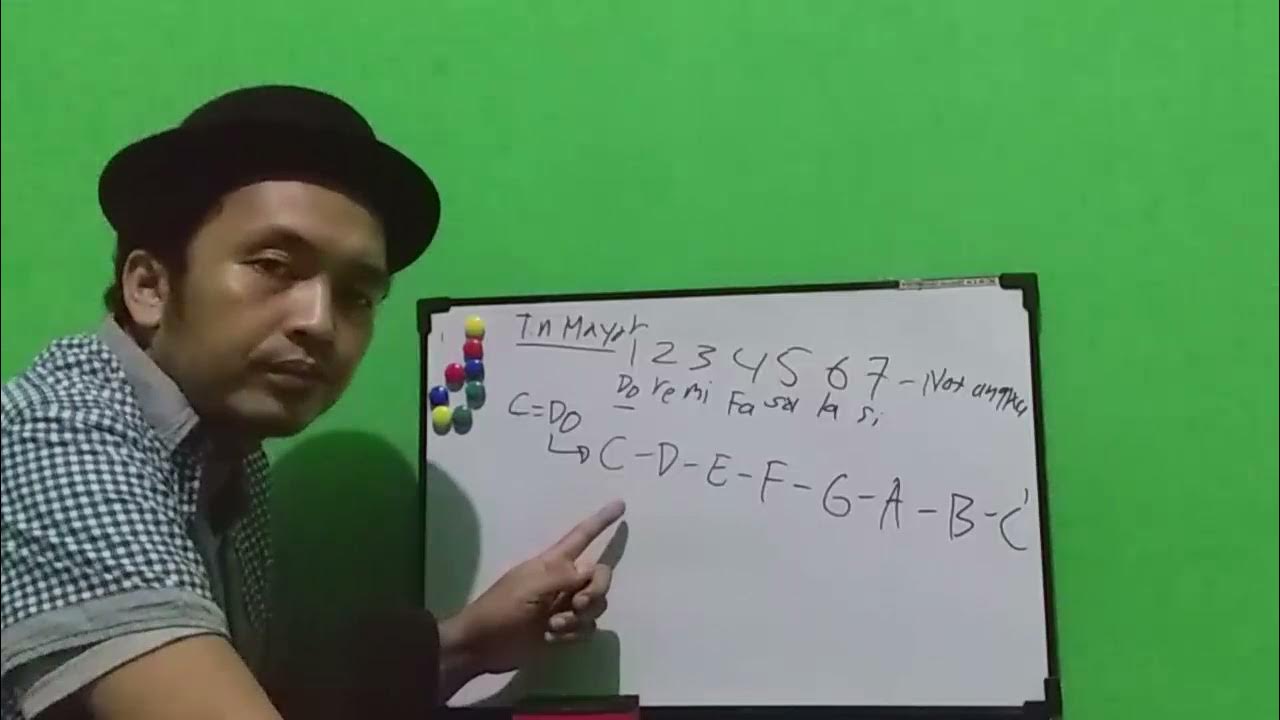6 Mini Scales That Create Maqam Music
Summary
TLDRIn this video, Navidid from Oud for Guitarists introduces the basics of Middle Eastern music, focusing on the concept of 'gins' or mini scales. He explains how these scales, which resemble triads, tetra chords, or penta chords, form the foundation of complex makam music. By demonstrating different jins such as Ajam, Nawad, and Hijaz, and showing how they combine to create makam melodies, Navidid highlights the importance of ear training in mastering this music. He encourages viewers to explore the MCOM Mastery program for further learning.
Takeaways
- 😀 Middle Eastern music can be complex due to unique scales and quarter tones not found on Western instruments like the piano.
- 😀 The foundation of Middle Eastern music lies in six main mini scales called **Jins** or **Aas**.
- 😀 **Jins** are small scales that serve as the building blocks of larger musical modes, known as **Makams**.
- 😀 **Jins** can have different names depending on how many notes they contain, such as triords, tetra chords, or penta chords.
- 😀 Each **Jins** follows a specific **intervalic structure**, meaning the distances between notes remain consistent.
- 😀 Learning **Jins** is crucial because most **Makams** are combinations of these smaller scales.
- 😀 **Jins Ajam** resembles the first four notes of the major scale and starts from C: C, D, E, F.
- 😀 **Jins Nawad** (also called Busaleik) resembles the minor scale, starting from C: C, D, E♭, F.
- 😀 **Jins Hijaz** is recognized for its exotic flavor, with a large interval between the second and third notes, starting from C: C, D♭, E, F.
- 😀 The **Jins Rost** is similar to the major scale, with a flattened third note (quarter flat), and starts from C: C, D, E♭(quarter flat), F, G.
- 😀 Learning **Makams** requires understanding how to combine different **Jins** in various ways to create distinct sounds and emotional effects.
- 😀 Listening to Middle Eastern music is essential for developing the ability to recognize different **Makams** and their unique characteristics.
- 😀 The **MCOM Mastery Program** offers tools like ear training to help learners identify and understand the different **Jins** and **Makams**.
Q & A
What is the main challenge learners face when studying Middle Eastern music?
-The main challenge learners face is understanding the numerous makams and the different notes, especially quarter tones, which are not found on a piano.
What are 'gins' in Middle Eastern music?
-'Gins' are mini scales in Arabic, also known as 'aas' in plural. They can be triords, tetra chords, or penta chords, depending on the number of notes they contain.
How are makams related to gins?
-Makams are combinations of gins arranged in various ways, with different notes emphasized, forming the structures of Middle Eastern music.
What is meant by the 'intervalic structure' of gins?
-The 'intervalic structure' refers to the specific interval between each note in a gin, which remains consistent regardless of the starting note. Changing the starting note while keeping the same structure produces the same mini scale.
Can gins start on different notes?
-Yes, gins can start on different notes. For example, a gin can start on C or D, but the intervalic structure between the notes must remain the same to preserve the mini scale.
What is the Jins Ajam scale, and how does it relate to Western music?
-The Jins Ajam scale resembles the first four notes of the major scale in Western music. For example, it starts with C, D, E, and F.
What distinguishes the Jins Hijaz scale from other gins?
-The Jins Hijaz scale is characterized by a large interval between the second and third notes. This interval gives it an exotic, somewhat 'demonic' flavor, common in Middle Eastern music.
What is the significance of quarter tones in Middle Eastern music?
-Quarter tones are small intervals between notes that don't exist on the standard Western piano. They play a crucial role in the unique sound and character of Middle Eastern music.
How does Jins Rost differ from other scales?
-Jins Rost is similar to the major scale but features a flattened third note (E quarter flat), which exists between E natural and E flat.
What role does ear training play in learning Middle Eastern music?
-Ear training is essential for identifying and differentiating between various gins and makams. The ear training tracks in the MCOM Master program help learners practice recognizing these scales and their nuances.
Outlines

此内容仅限付费用户访问。 请升级后访问。
立即升级Mindmap

此内容仅限付费用户访问。 请升级后访问。
立即升级Keywords

此内容仅限付费用户访问。 请升级后访问。
立即升级Highlights

此内容仅限付费用户访问。 请升级后访问。
立即升级Transcripts

此内容仅限付费用户访问。 请升级后访问。
立即升级浏览更多相关视频

Oud Maqam Learning Part 2: Ultimate Introduction to Maqam Music

Discovering the Music of the Middle East

Introducing: The Arabic Oud

Cara Mencari Tangga Nada Mayor berdasarkan Interval atau jarak Nada

Essential Music Theory Every Guitar Player Should Know - Beginner Music Theory Lesson

10 out of 10 Middle Eastern Fragrances
5.0 / 5 (0 votes)
